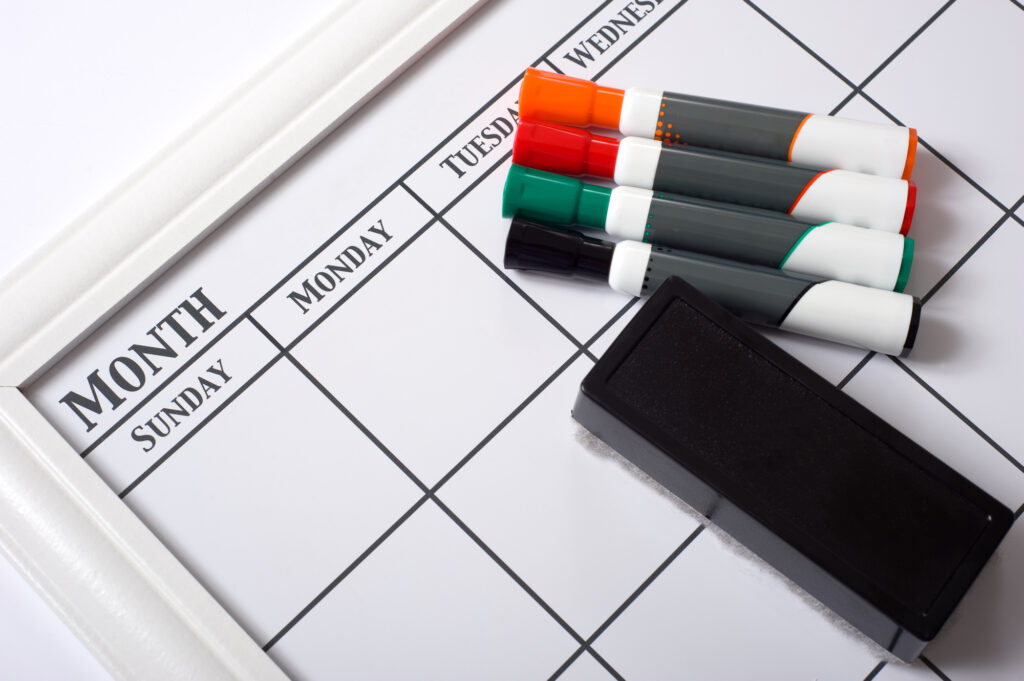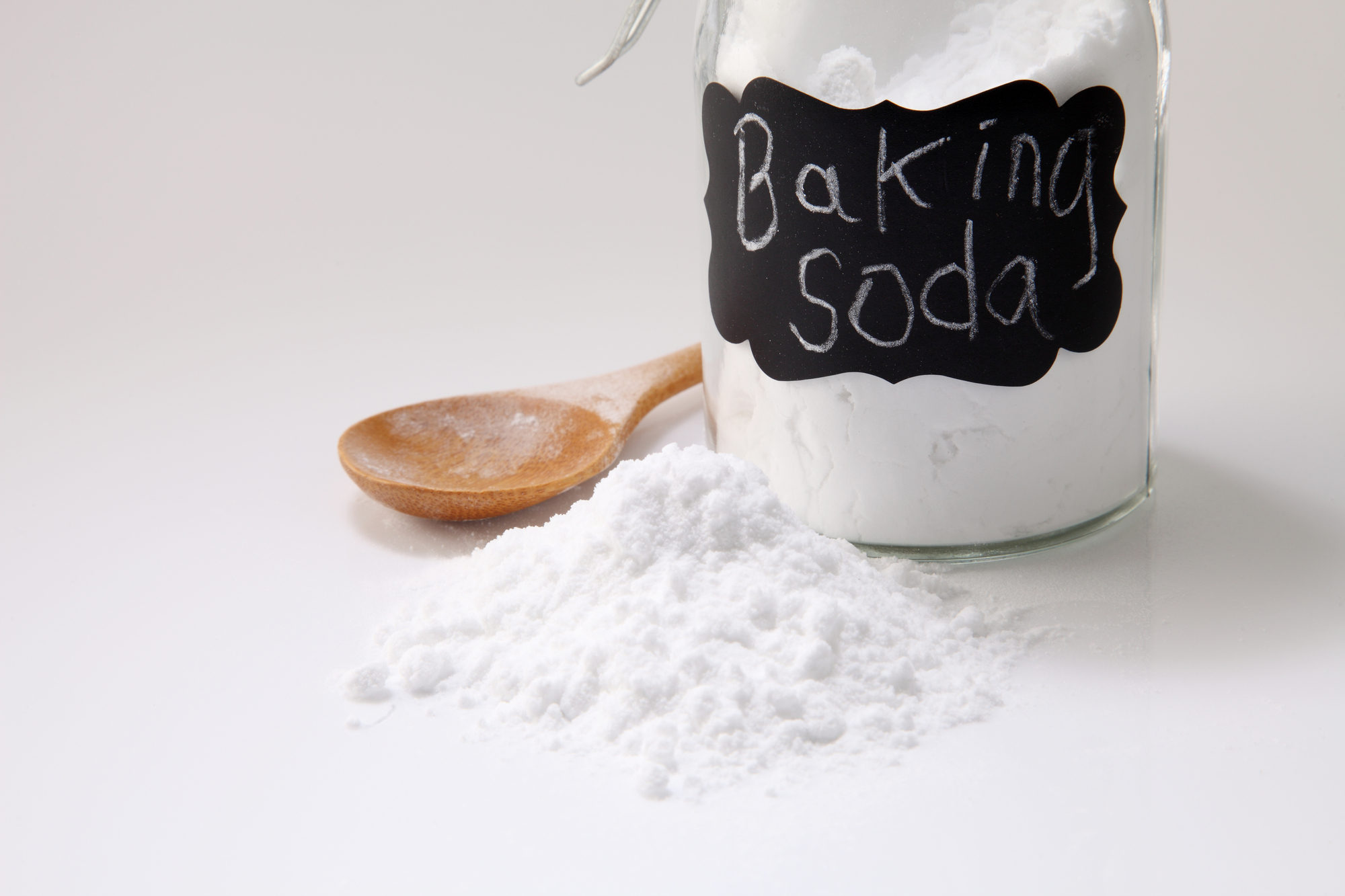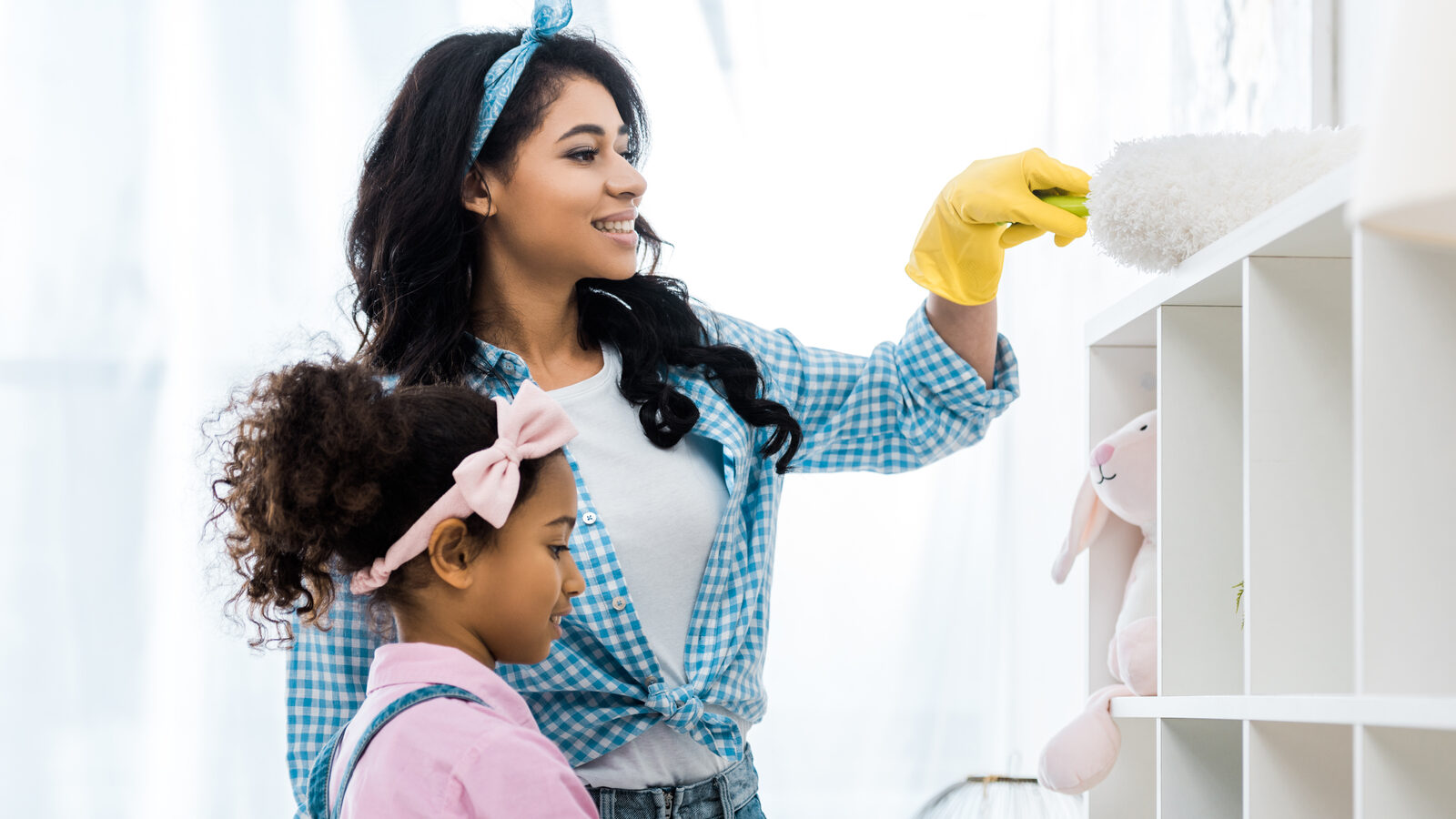This post may contain affiliate links.
Rubbing alcohol, also known as isopropyl alcohol, is commonly known for its use in disinfecting and cleaning wounds. But did you know that rubbing alcohol has numerous surprising household uses outside besides being an antiseptic? That’s right, rubbing alcohol makes a valuable addition to your everyday household toolkit.
Here are 15 incredible ways you can use rubbing alcohol in your home.
Disinfecting Surfaces

Rubbing alcohol is a powerful disinfectant that can effectively kill germs and bacteria on various surfaces. Simply use it to wipe down countertops, doorknobs, light switches, and other high-touch areas.
Its antiseptic properties make it an excellent choice for maintaining a clean and germ-free home environment.
Removing Stains

Whether it’s ink, marker, or lipstick stains on clothing or upholstery, rubbing alcohol can work wonders. For ink stains on fabric, place a clean cloth or paper towel beneath the stained area to absorb the ink. Then, dab a cloth soaked in rubbing alcohol onto the stain, working from the outside edges toward the center. Continue until the stain fades away, then wash as usual.
Cleaning Electronics

Electronics often accumulate dirt, fingerprints, and smudges. Rubbing alcohol can come to the rescue! Apply a small amount of rubbing alcohol to a microfiber cloth and gently wipe your devices, such as smartphones, tablets, and computer screens. It evaporates quickly, leaving your gadgets clean and shiny without causing damage to the electronics.
Treating Cold Sores

If you are experiencing cold sores, rubbing alcohol is one of the common home remedies used to treat and dry out cold sores.
Simply apply a small amount of rubbing alcohol to a cotton swab and dab it onto the affected area. This can help speed up the healing process and reduce discomfort associated with cold sores.
Deodorizing Shoes

Shoes can develop unpleasant odors over time, but rubbing alcohol can help you eliminate the smell without spending big bucks.
Fill a spray bottle with rubbing alcohol and spritz the inside of your shoes. The alcohol will kill odor-causing bacteria, leaving your shoes fresher and odor-free. For best results, allow your shoes to dry completely before wearing them again.
Removing Sticky Residue

Removing sticky residue left behind by labels, stickers, or tape is no walk in the park. Fortunately, rubbing alcohol can be a savior in such situations.
To remove the sticky residue, apply drops of alcohol to a cloth and rub the sticky residue until it dissolves. Then, wipe the area clean with a damp cloth.
15 Unique Ways to Remove Stubborn Stickers and Labels From Glass
Cleaning Eyeglasses

Eyeglasses come in contact with facial oil, dirt, and even fingerprints, which can affect clarity. When this happens, rubbing alcohol can effectively clean your eyeglasses.
To clean your eyeglasses of dirt, grab a small amount of rubbing alcohol on a microfiber cloth and gently wipe the lenses, frames, and nose pads. However, if your glasses have special coatings, it’s best to check with the manufacturer before using rubbing alcohol.
Reviving Dry Erase Markers

If your dry erase markers have started to dry out and become less effective, rubbing alcohol can help bring them back to life. Simply dip the tip of the marker into rubbing alcohol for a few seconds, then give it a gentle shake. The alcohol will dissolve the dried ink, allowing the marker to write smoothly again.
Removing Nail Polish

When you run out of nail polish remover, rubbing alcohol can be a temporary substitute. To use it as a nail polish remover, simply soak a cotton ball or pad in rubbing alcohol and gently rub it over your nails until the polish dissolves. It may take a bit more effort than traditional nail polish remover, but it can help you get the job done in a pinch.
Preventing Swimmer’s Ear

If you or your family members enjoy swimming, rubbing alcohol can help prevent swimmer’s ear, a common condition caused by water trapped in the ear canal. After swimming, mix equal parts of rubbing alcohol and white vinegar, and use a dropper to put a few drops in each ear. The solution helps evaporate excess water and prevents bacterial growth.
Cleaning Remote Controls

Remote controls are often overlooked when it comes to cleaning, yet they can harbor germs and bacteria. To sanitize your remote controls, dampen a cloth or cotton ball with rubbing alcohol and wipe down the surfaces, including the buttons. Allow the alcohol to evaporate before using the remote controls again.
Cleaning Hair Tools

Hair tools such as hairbrushes, combs, and styling tools accumulate dirt and germs. To clean and disinfect them, fill a bowl with rubbing alcohol and soak your hair tools for a few minutes. Then, use an old toothbrush or sponge to scrub away any residue, then rinse thoroughly. Your hair tools will be fresh and ready to use!
Disinfecting Children’s Toys

Children’s toys can harbor germs, especially if they are frequently shared or played with outdoors. To disinfect them, fill a spray bottle with rubbing alcohol and mist the toys. Allow them to air dry or wipe them down with a clean cloth. This simple step can help you keep germs at bay and ensure safer playtime for your kids.
Cleaning Tile Grout

Bathroom tiles and grout are known to easily develop unsightly mildew over time making them appear dull. To restore your tile appearance, mix equal parts of rubbing alcohol, dish soap, and water in a spray bottle. Spray the solution onto the affected areas, let it sit for a few minutes, then scrub with a brush. Rinse with water and repeat if necessary to remove stubborn mildew stains.
Cleaning Jewelry

Rubbing alcohol can be used to clean and disinfect certain types of jewelry. Soak your jewelry in a small bowl filled with rubbing alcohol for a few minutes. Gently scrub with a soft brush, rinse with water, and pat dry. This method is suitable for non-porous gemstones and metal jewelry.
How to Get Coffee Stains Out of Carpet

Whether it’s a small dribble or a full-blown coffee catastrophe, here are the best ways to remove coffee stains from your carpet so you can say goodbye to those unsightly brown marks for good. From basic household items to specialized stain removers, let’s get rid of those coffee stains once and for all.
How to Clean Coffee Stains From Carpet
10 Aluminum Foil Hacks Your Mom Might Not Have Taught You

Aluminum foil is a useful kitchen staple known for its versatility and reliability. Surprisingly, this household staple goes beyond just covering your favorite dishes in the oven. There’s so much more that you can do with aluminum foil, as it has so many practical uses. So, if you’ve only used aluminum foil to line your baked dishes, you are in for a treat. Here are ten ways to use aluminum foil to simplify your life and household tasks.
10 Aluminum Foil Hacks Your Mom Might Not Have Taught You
14 Clever Uses for Baking Soda Around the House (And It’s Not Baking)

A box of baking soda is a versatile household tool. It offers practical solutions for your entire home, serving as both a gentle abrasive scrub and a deodorizer. With its multi-purpose abilities, you might find yourself rethinking the need for other expensive cleaning supplies. Here are 14 clever ways to put baking soda to work around the house.
14 Clever Uses for Baking Soda Around the House (And It’s Not Baking)
16 Fascinating Ways You Can Use Beeswax Around the House

Find out the many ways you can use beeswax around the house.
16 Fascinating Uses For Beeswax That Go Beyond Candle Making
Tamara White is the creator and founder of The Thrifty Apartment, a home decor and DIY blog that focuses on affordable and budget-friendly home decorating ideas and projects. Tamara documents her home improvement journey, love of thrifting, tips for space optimization, and creating beautiful spaces.





